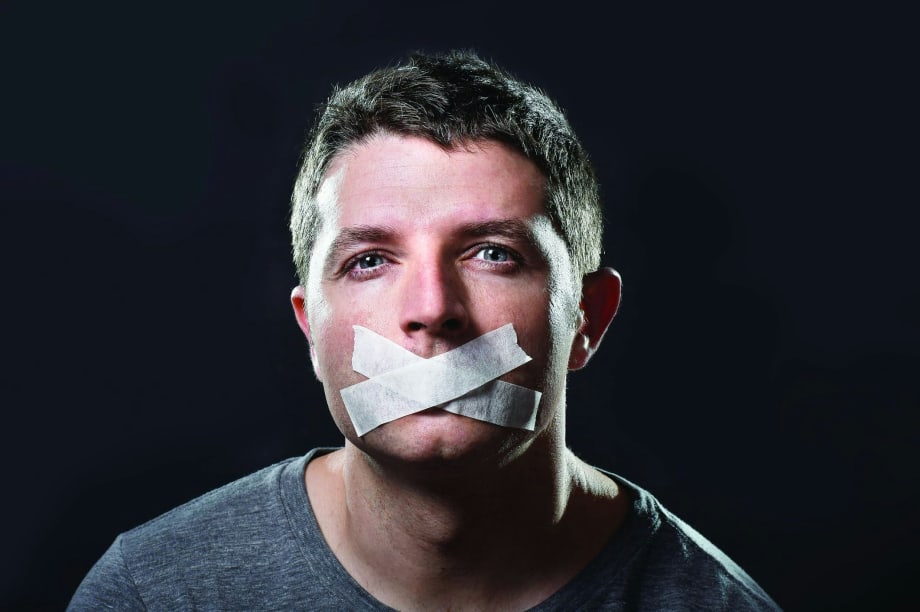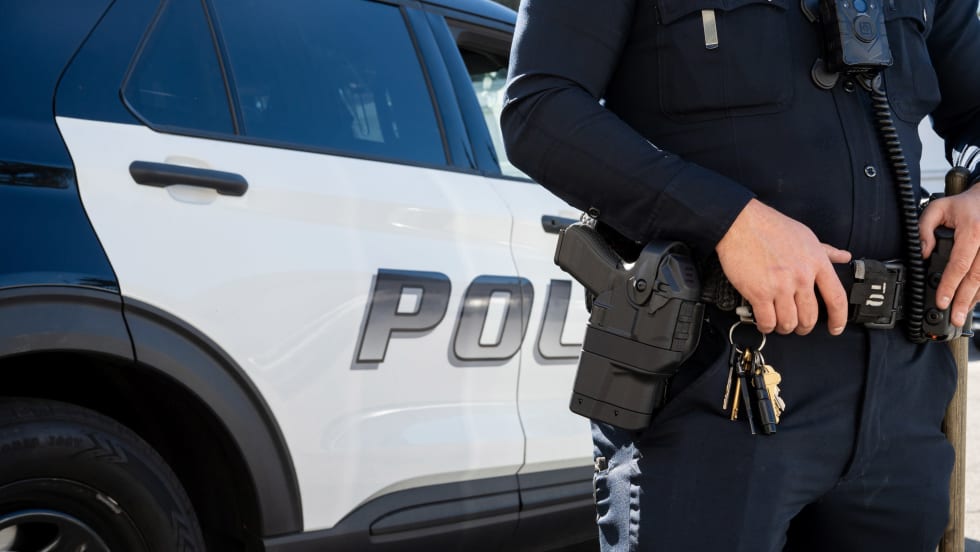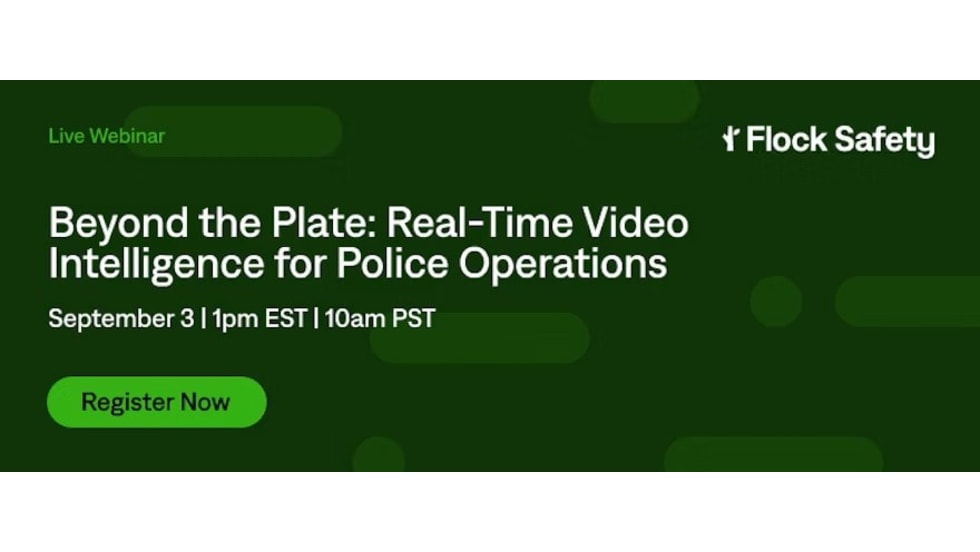You would think that something written so succinctly would be easy to understand and follow. And yet, the media is filled with stories proving otherwise. The problem is not with the wording of the First Amendment; the problem is with the interpretation. It turns out that we are our own worst enemy. Private speech is not so private for public (government) workers. Let's look at the First Amendment in general and then how it applies to public employees.
The First Amendment in General
In the beginning, the First Amendment only applied to laws passed by Congress. That changed in 1925 with Gitlow v. New York, 268 U.S. 652, where the protections were expanded to all levels of government—federal, state, and local. However, not all speech is protected, nor is it without consequences. Everyone knows you can't yell "Fire!" in a crowded movie theatre just for fun. There is another element to this. If you do exercise your right to free speech, there's no constitutional requirement that other people including employers, organizations, or schools, continue their association with you once you do.
Look at the "taking a knee" phenomenon in the NFL. Players and coaches are choosing to protest what they consider social injustice by taking a knee during the national anthem or staying in the locker room until the anthem is over. They have a right to do so, as political protest is one of the most protected forms of free speech under the First Amendment.
The flip side to that is that fans have a choice to agree or disagree with their actions. They also have a right to their own forms of protest. Many are showing where they stand by getting rid of team memorabilia, by not going to games, and by not watching professional football on television.
What's Not Protected
Clearly, the First Amendment does not protect all kinds of speech. Although different scholars view unprotected speech in different ways, there are basically nine categories according to the Newseum Institute's First Amendment Center:
• Obscenity
• Fighting words
• Defamation (including libel and slander)
• Child pornography
• Perjury
• Blackmail
• Incitement to imminent lawless action
• True threats
• Solicitations to commit crimes












